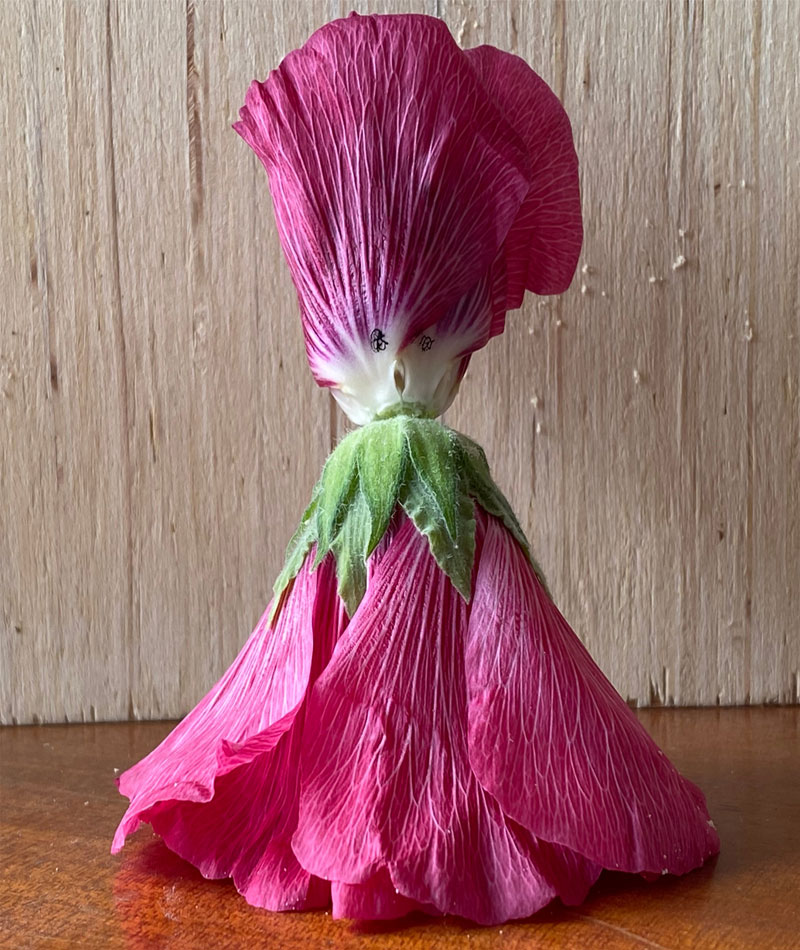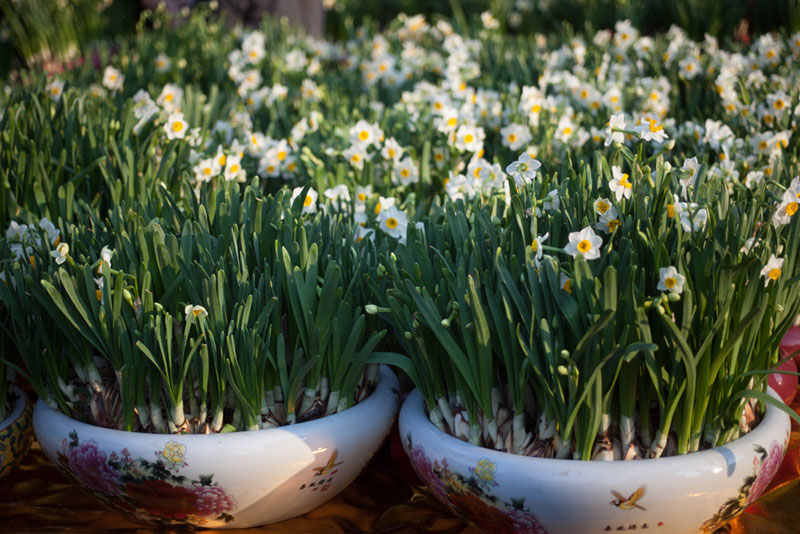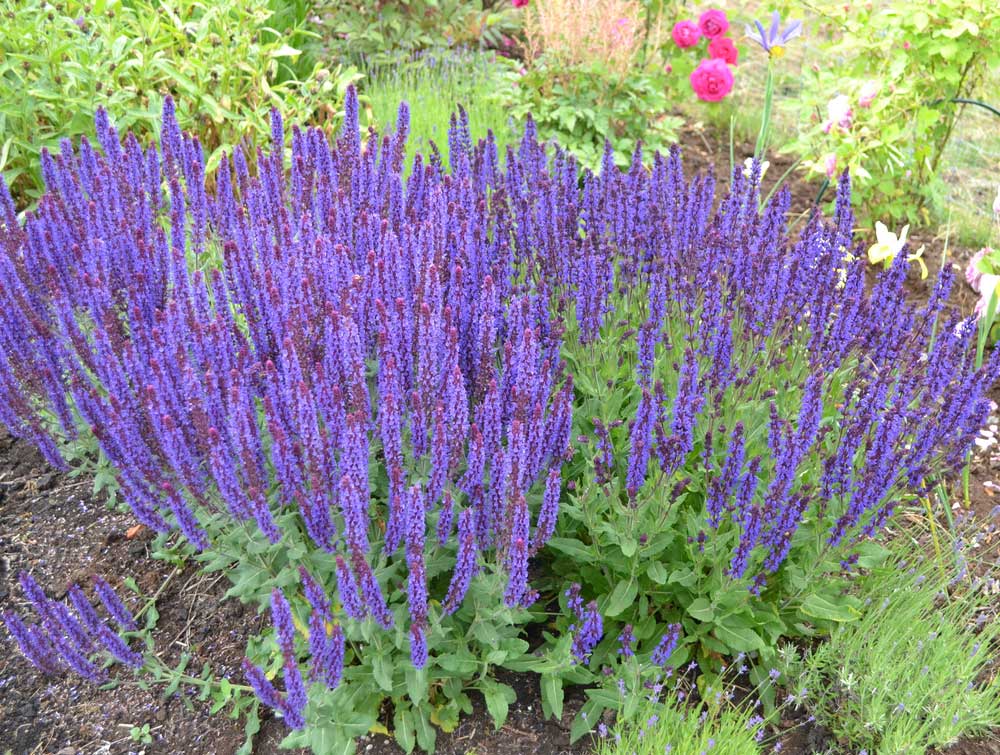
Salvia is a genus of plants in the mint family that consists of over 900 species. Some salvia plants, like common garden sage (Salvia officinalis) and Rosemary (Salvia rosmarinus), are used as culinary herbs. In contrast, others are considered ornamental salvias prized for the striking blooms and scented foliage.
The most common perennial ornamental salvias include Salvia nemorosa, Salvia verticillate, and Salvia x sylvestris. But not all salvias are perennials. Salvia coccinea, Salvia farinacea, Salvia splendens, and Salvia patens are popular annual salvias.
Salvia blooms also come in various colors, from blues and purples to yellow and white, and are magnets for butterflies, hummingbirds, and bees. They can be used in borders, along walkways, or as specimen plants in a perennial bed.
Although some are annuals and others are perennials, salvias all require the same basic care.
| Botanical Name: | Salvia |
| Common Name(s): | Sage |
| Plant Type: | herbaceous annual, biennial, or perennial |
| Mature Size: | 1 – 5 feet, spread 12 to 36 inches |
| Sun Exposure: | Full sun |
| Water Needs: | drought tolerant |
| Soil Type: | average to poor, well-drained |
| Soil pH: | 6.0 to 7.0 |
| Bloom Time: | summer through fall |
| Maintenance: | Low |
| Flower Color: | blue, purple, pink, red, yellow, white |
| Hardiness Zones: | 4-9 |
| Toxicity: | Non-Toxic |
Light
Plant Salvia in a sunny location that receives direct sunlight for eight or more hours a day. Although it will grow in less light, blooming will be inhibited, and growth may be slowed. Some cultivars, however, do well in less light. Always check the plant identification tag to determine how much light your variety needs.
Water
Newly planted salvia plants need deep watering to help establish a good root system and avoid transplant shock.
However, once the plants are established and show signs of new growth, they are happy with occasional water and are quite drought-tolerant.
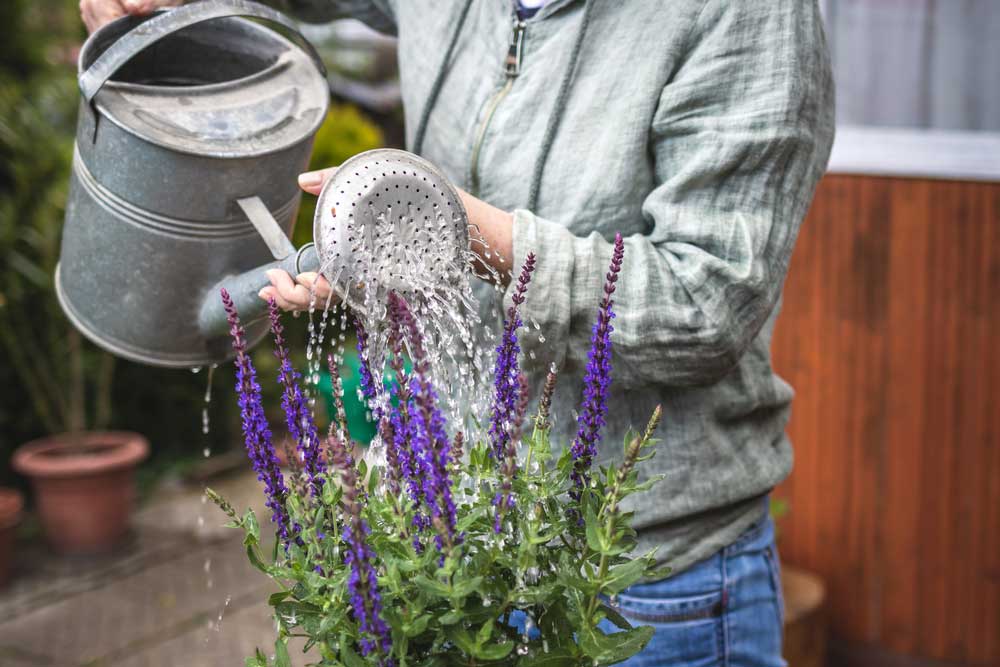
Too much water and fertilizer can actually harm your salvia plants, says Clemson University Extension, as it can lead to fungal infections.
Temperature & Humidity
Salvia thrives in hot, dry conditions and may suffer in cool, wet weather.
Soil
Salvia thrives in average to poor, well-drained soil that remains relatively dry. However, amending the soil in the spring before planting is recommended. Add a 2-to-3-inch layer of compost or well-rotted manure over the planting area and work it into the existing soil. This improves both soil aeration and drainage. Compost or manure also provides slow-release nutrients to your salvia plants.
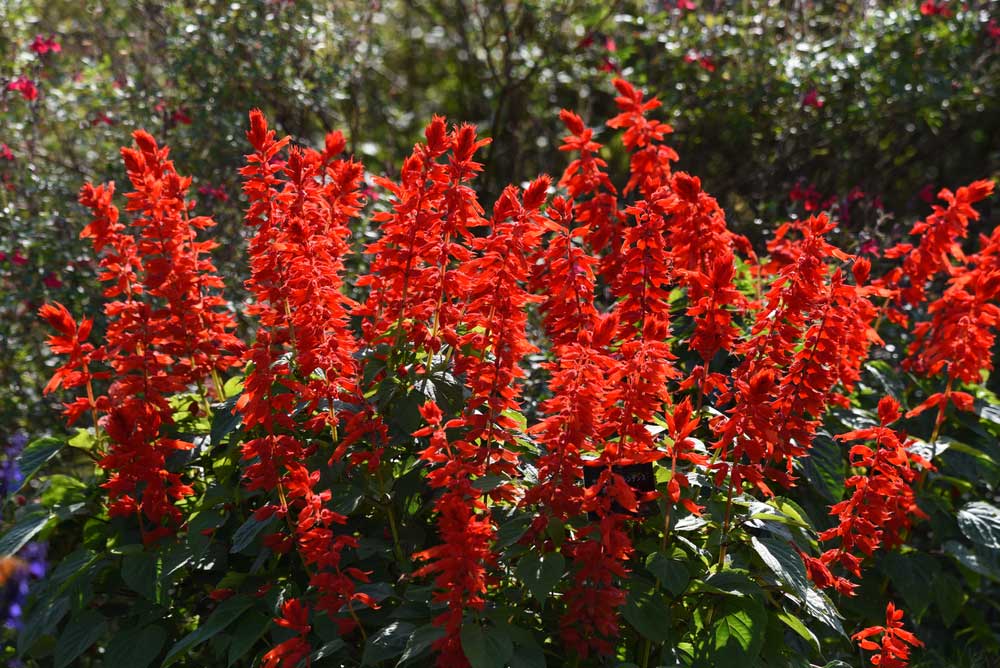
Fertilizer
Salvias are not heavy feeders, but they do benefit from a balanced fertilizer in the spring to boost early growth. You can mix granular fertilizer into the soil or apply a foliar feeder with a hose-end sprayer. After the initial application, reduce the mixture to one-half the recommended application rate and apply it once a month during the summer.
The added boost of fertilizer once a month will increase the number of blooms, says the University of Minnesota Extension.
Are they Toxic?
Salvia is non-toxic to children, pets, and adults.
Potting and Repotting
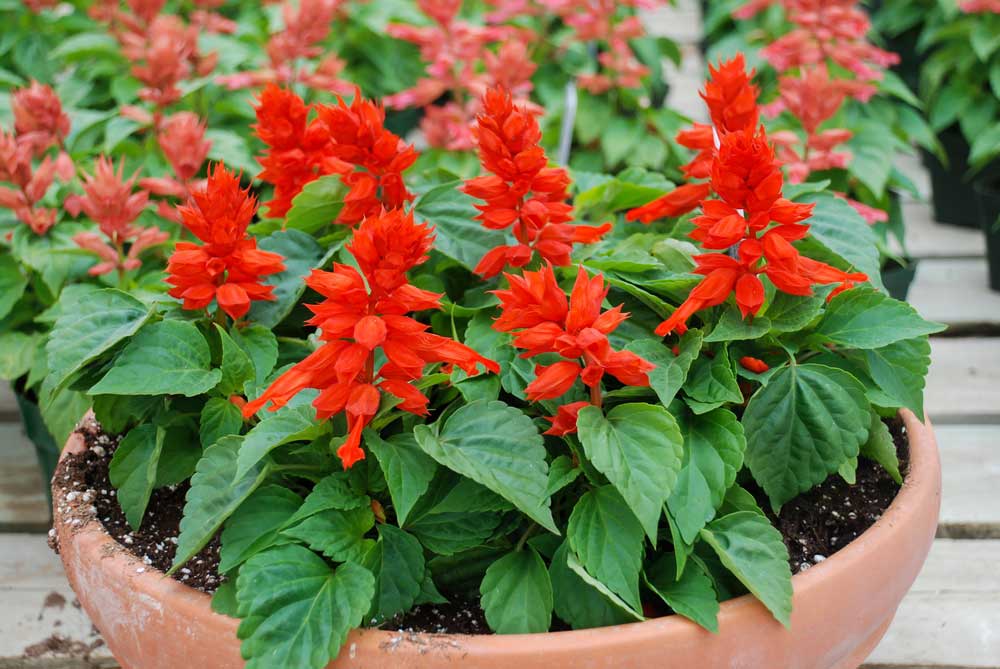
Many perennial salvias are large plants with extensive root systems and are not recommended for growing in containers. However, some smaller annual varieties may do well in container gardens or large pots. If you choose to grow your salvia in containers, there are some things you should do.
- Choose the appropriate size pot. As a rule, the pot should be ½ to 1/3 the height of the salvia plant at maturity. Choose a 12- to 18-inch-tall pot for a salvia plant expected to reach 36 inches when fully grown.
- Check that the pot has drainage holes.
- Fill the pot with well-draining soil. A mixture of equal parts all-purpose potting soil, peat moss, and either compost or well-rotted manure, with a handful of perlite mixed in, works well.
Dividing and Transplanting
Perennial salvias increase in size and typically need to be divided every few years. The best time to do this is in the spring before new shoots appear. Dig around the roots and lift the entire clump from the soil. Divide the clump into several sections and replant them in similar growing conditions. Water them well and keep the area slightly moist until new growth appears.
Deadheading and Pruning
Deadheading old blooms extends the blooming season for your salvia. Simply nip off the blooms as they begin to fade with a pair of garden clippers.
Pruning them back to the basal growth when blooming ceases will promote a flush of new blooms later in the summer. This can be repeated throughout the year to encourage new blooms.
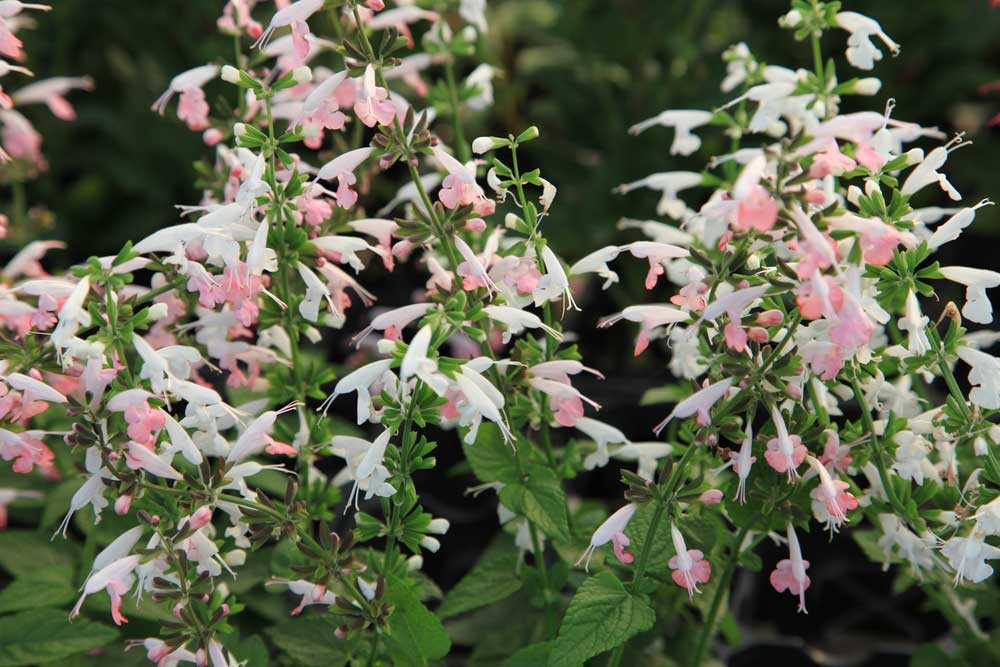
FAQs
Should you cut salvia foliage back in the fall?
Perennial salvia foliage dies off in the fall, but the roots survive the winter to send up new plants. Once the frost has killed the foliage, cut it back to the ground level.
Does salvia come back every year?
Many salvias are perennials and will live for years in your perennial bed, producing larger and showier plants each year. Some salvias, however, are annuals and will not survive the winter. Check the plant identification label to determine if your salvia is an annual or a perennial.
Do salvias spread?
Perennial salvias grow in larger clumps every year and can spread in the perennial bed on their own. Lifting and dividing them every few years will help to keep them in control.


